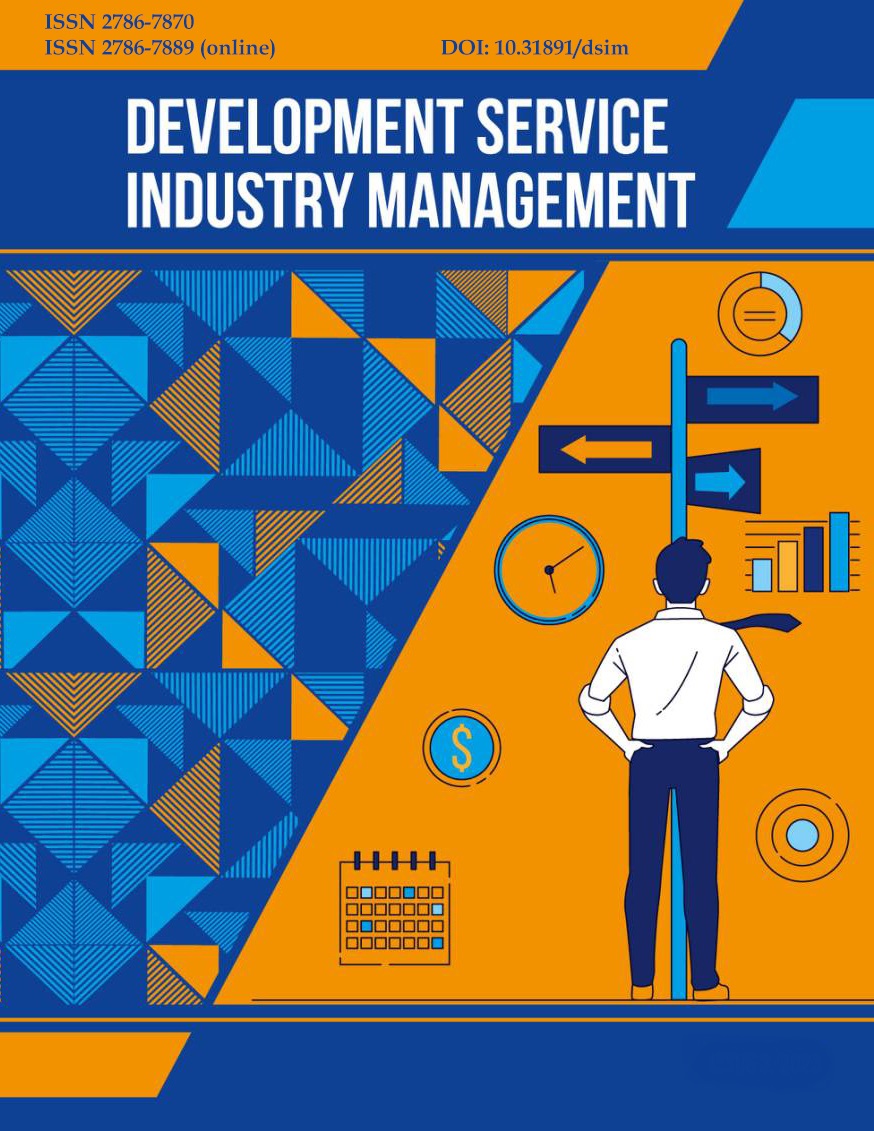HUMAN CAPITAL ASSESSMENT IN TRADE ENTERPRISES: METHODOLOGICAL FRAMEWORK
DOI:
https://doi.org/10.31891/dsim-2025-9(32)Keywords:
human capital, assessment methods, instability, personnel efficiency, trade enterprises, labor productivity, professional development assessmentAbstract
In the modern business environment, human capital is a key factor that determines the success of enterprises in competitive struggles, especially under rapid technological changes and globalization. The success of an enterprise largely depends on the level of knowledge, skills, and competencies of its employees, which is why the assessment of human capital becomes a critical element of the management process. However, the issue of assessing human capital remains complex due to the difficulty of measuring its components in quantitative terms.
The methodological foundation of human capital assessment is an important aspect of personnel management, as it allows the enterprise to accurately evaluate the qualifications, productivity, and potential of its employees. The importance of this process lies in the fact that without proper assessment of employees, it is impossible to make effective managerial decisions regarding recruitment, training, and personnel development. Therefore, the development of effective methods for assessing human capital is an important task for enterprises, especially in unstable market conditions.
Among the various methods of assessing human capital used in practice, several key ones can be distinguished: quantitative methods based on financial indicators that determine the economic value of human capital, and qualitative methods focused on evaluating employees' competencies and professional skills. However, each of these approaches has its strengths and weaknesses, and the best results can only be achieved through a comprehensive approach that combines both quantitative and qualitative methods.
The main objective of this research is to study the effectiveness of different methods for assessing human capital, identify their strengths and weaknesses, and analyze their application in retail enterprises. To achieve this goal, it is necessary to consider the industry specifics and organizational structure of the enterprise, as well as the strategic objectives it sets for itself.
By correctly using human capital assessment methods, enterprises obtain detailed information about the professional preparation, productivity, and potential of their employees. This allows the development of strategies to enhance workforce efficiency, improve employee motivation, and achieve high competitiveness in the market. In the long term, this contributes to reducing personnel costs, optimizing labor resources, and developing sustainable business strategies that lead to growth and success.
Particular attention should be paid to integrating modern automated personnel analysis systems, as well as using analytical models and machine learning algorithms to improve the objectivity of the assessment. This will enable enterprises to achieve high accuracy in determining the potential of their employees and contribute to the development of effective personnel strategies, which in turn will positively affect the financial results of the enterprise.
Downloads
Published
How to Cite
Issue
Section
License
Copyright (c) 2025 Ольга МОРОЗОВА

This work is licensed under a Creative Commons Attribution 4.0 International License.




